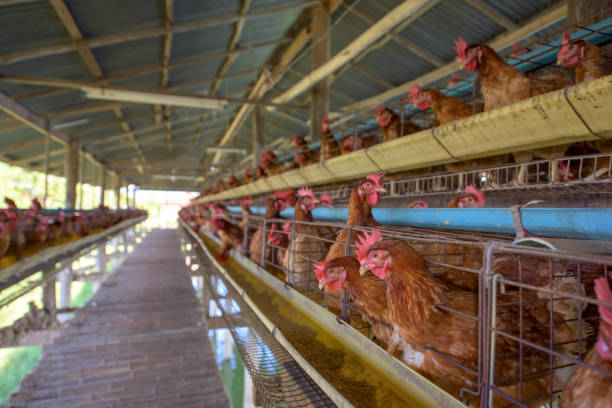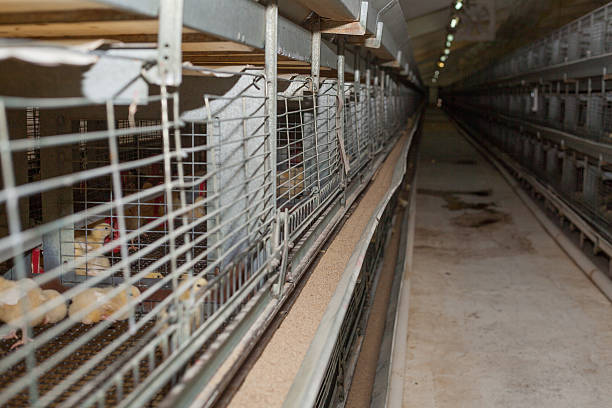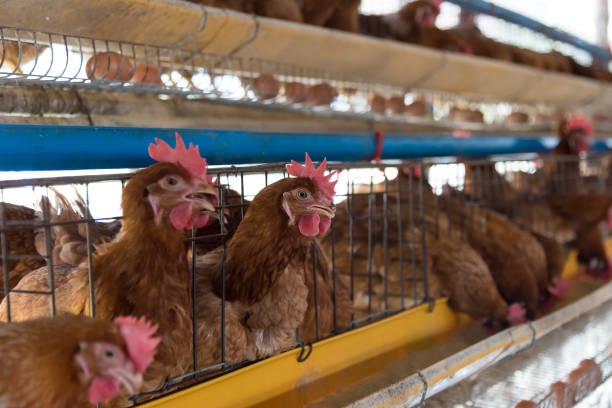H-Type Layer Cages for 50,000 Hens in Uganda
H-Type Layer Cages for 50,000 Hens in Uganda
Running a large-scale poultry farm in Uganda? Then you’re probably on the lookout for smart, reliable, and scalable solutions to maximize egg production while minimizing effort and cost. One of the biggest game-changers in modern commercial layer farming is the H-Type layer cage system — especially when it comes to managing flocks as large as 50,000 hens. At Livi Machinery, we’ve helped numerous farms across East Africa upgrade their infrastructure with our custom-designed H-Type systems, and many are now seeing significant improvements in productivity, bird health, and return on investment.
The H-Type layer cage setup isn’t just popular because it looks impressive (though it does); it’s built around efficiency, scalability, and long-term durability — three factors that matter most for farmers aiming to run a profitable and sustainable operation. In this article, we’ll dive into why H-Type cages are the ideal choice for a 50,000-hen project in Uganda, how they’re designed to meet local challenges like high temperatures and inconsistent power supply, and what kind of support you can expect from a full-service supplier like us when setting up your farm.
Why H-Type Cages Are Perfect for Large-Scale Egg Farms
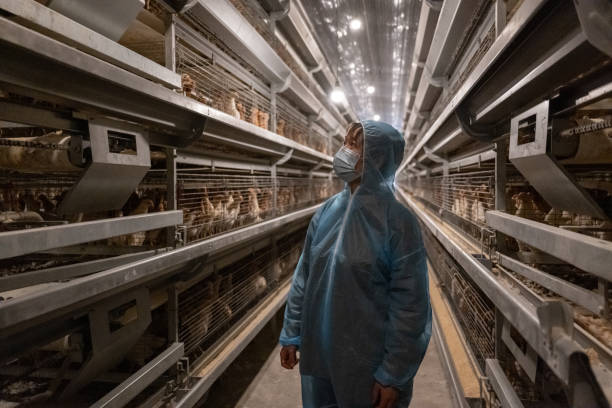
If you’ve been relying on traditional or single-tier systems, upgrading to an H-Type layer cage setup can feel like switching from a bicycle to a high-performance truck. Designed in a double-deck “H” shape, these cages allow two layers of birds to be housed back-to-back, making optimal use of space and labor. For a 50,000-hen farm, this means you can house more birds without expanding your building footprint — a huge advantage in areas where land and construction costs are rising.
But it’s not just about saving space. H-Type cages improve ventilation, reduce heat stress, and allow for better air circulation — which is critical in Uganda’s tropical climate. With cross-ventilation between the central aisle and proper cage spacing, ammonia buildup drops significantly, leading to healthier birds, fewer respiratory issues, and longer laying cycles. Plus, since feed and water lines run centrally and automatically, maintenance becomes much easier, and waste management improves dramatically thanks to sloped manure belts that continuously remove droppings.
Another major plus? Automation. A full H-Type system can be fully automated, including feeding, drinking, egg collection, manure removal, and even lighting control. This means you need fewer workers to manage tens of thousands of hens, reducing labor costs and human error. Imagine having eggs roll out cleanly every few hours straight to your packing room without anyone manually collecting them — that’s the level of efficiency we’re talking about.
And let’s not forget longevity. These cages are made from hot-dipped galvanized steel, which resists rust, corrosion, and wear — essential for humid environments and frequent cleaning. That means your initial investment lasts 15 years or more with minimal maintenance, giving you real peace of mind.
Designing a Custom Solution for Ugandan Conditions
Now, no two farms are exactly alike — especially when scaling up to 50,000 birds. That’s why at Livi Machinery, we don’t believe in one-size-fits-all setups. Instead, we work closely with farmers in Uganda to design cage systems tailored to their specific needs, barn dimensions, climate conditions, and budget.
For example, we recently completed a turnkey project in Mbarara for a client looking to increase egg output by 60%. Their old system was outdated, overcrowded, and hard to clean. We stepped in and designed a complete H-Type layout that fit perfectly into their renovated shed — using 25 tier lines housing 2,000 layers each, spread evenly across four barn sections. The whole system included automatic nipple drinkers, chain feeding, centralized egg belts, and motorized manure scrapers. We even added solar-compatible controllers so they could keep everything running during frequent power outages.
What made the difference wasn’t just the hardware — it was the planning. We looked at airflow patterns, recommended roof insulation materials, suggested curtain-side ventilation with exhaust fans, and trained their staff on daily monitoring routines. Within six months, their mortality rates dropped by 30%, egg production rose by over 18%, and labor costs were cut nearly in half.
Customization also includes flexibility in configuration. Whether you want 4-tier or 5-tier H-Type units, whether your shed is narrow or wide, we can adjust the layout to match. Need walkways wide enough for trolleys? Done. Want extra nest boxes for peak laying seasons? Easily added. Every detail matters when managing such a large flock.
Plus, all our systems are modular. That means if you start with 30,000 hens today, you can expand to 50,000 down the line simply by adding more cages and extending automation lines — no need to tear anything down or redesign the entire barn.
From Factory to Farm: Seamless Installation & Support
Going from concept to completion is where many suppliers fall short. But at Livi Machinery, we treat every international project like a partnership — not just a sale. When you choose our H-Type layer cages, you’re not just buying equipment; you’re getting end-to-end support that covers shipping, installation guidance, training, and after-sales service.
Here’s how it works: First, we consult with you to understand your goals and site conditions. Then we design detailed layout plans — complete with 3D visuals — so you know exactly what you’re installing before a single cage leaves our factory in Zhengzhou. Once approved, production begins, and your order is carefully packed to survive sea freight to Dar es Salaam or Mombasa ports. Most shipments to Uganda arrive within 25–35 days depending on vessel schedules.
Upon arrival, our team can dispatch experienced technicians to supervise on-site assembly, calibrate automation systems, and train your managers on operation and troubleshooting. We provide user manuals in English (and Swahili upon request), video tutorials, and direct WhatsApp support for quick questions. Even after setup, we stay in touch — helping optimize settings, replace worn parts, or upgrade systems as your farm grows.
One of our clients in Jinja told us: “I was nervous about importing machinery from China, but Livi walked me through every step. Their engineers stayed for two weeks until everything ran smoothly. Now my workers can operate the whole system with confidence.”
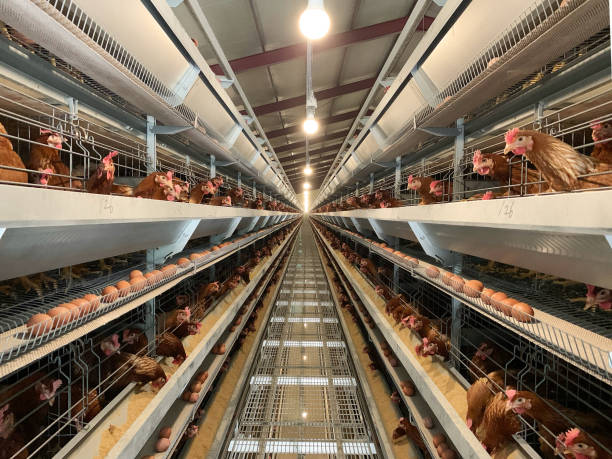
That kind of hands-on commitment sets us apart. It’s one thing to sell cages; it’s another to ensure they deliver results.
Ready to Scale Your Egg Business?
If you’re serious about transforming your poultry operation into a modern, high-output egg farm, H-Type layer cages are the proven path forward — especially at the 50,000-hen scale. They save space, improve bird welfare, boost production, and slash operational headaches. And with the right partner, transitioning to this system doesn’t have to be complicated or risky.
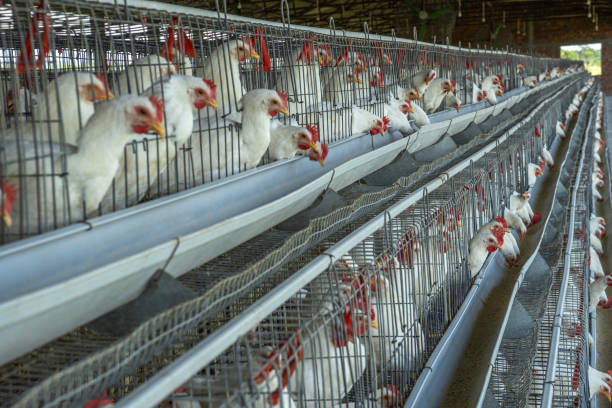
We’ve seen firsthand how the right equipment can change the fortunes of a farm. Whether you’re building new or upgrading an existing facility, we’re here to help make it happen — efficiently, affordably, and sustainably.
So if you’re ready to take the next step, we’d love to hear from you. Share your farm size, location, and goals with us, and we’ll send back a free preliminary design and quote tailored to your needs. No obligation, just honest advice and a clear roadmap to success.
Let’s build something great together. Reach out today — let us help you lay the foundation for higher profits tomorrow.
Frequently Asked Questions
What is an H-Type layer cage system?
It’s a double-deck, high-density cage setup shaped like an “H,” allowing two rows of layers to face each other with shared feeding and watering systems. It’s highly efficient for farms over 10,000 birds.
How many hens can fit in one H-Type unit?
Each tier typically holds 40–50 birds, depending on local standards. A full 4-tier H-Type line with 200 modules can house around 4,000 layers. For 50,000 hens, you’d need about 12–13 lines, depending on configuration.
Can H-Type cages work in hot climates like Uganda?
Absolutely. We design them with excellent ventilation, anti-corrosion coating, and optional cooling accessories like tunnel fans or misting systems to keep birds comfortable.
Do I need electricity for the full system to run?
Yes, automation features require stable power. However, we offer systems compatible with inverters and solar setups, making them suitable for areas with irregular grid access.
Are spare parts easy to get in Africa?
Yes. We stock common replacement parts like motors, belts, and chains at regional partners and ship directly when needed. Most components last 3–5 years under normal use.
Can you help me design the whole chicken house?
Definitely. Our team provides full poultry house planning — including dimensions, ventilation, lighting, and equipment layout — to ensure everything fits and functions well together.
How long does it take to install a 50,000-hen H-Type system?
With a prepared building, installation usually takes 4–6 weeks. Our technician support ensures smooth commissioning and training.
Is training provided for my farm workers?
Yes! On-site training is included, covering system operation, maintenance, emergency procedures, and daily checks to prevent breakdowns.
How do egg collection and manure removal work?
Eggs roll gently onto conveyor belts to a central collection point, while manure is scraped out daily via motorized belts beneath each tier — keeping the environment clean and reducing labor.
What warranty do you offer?
We provide a standard 1-year warranty on all automated components and 5 years on cage frames against manufacturing defects. Extended coverage options are available.



